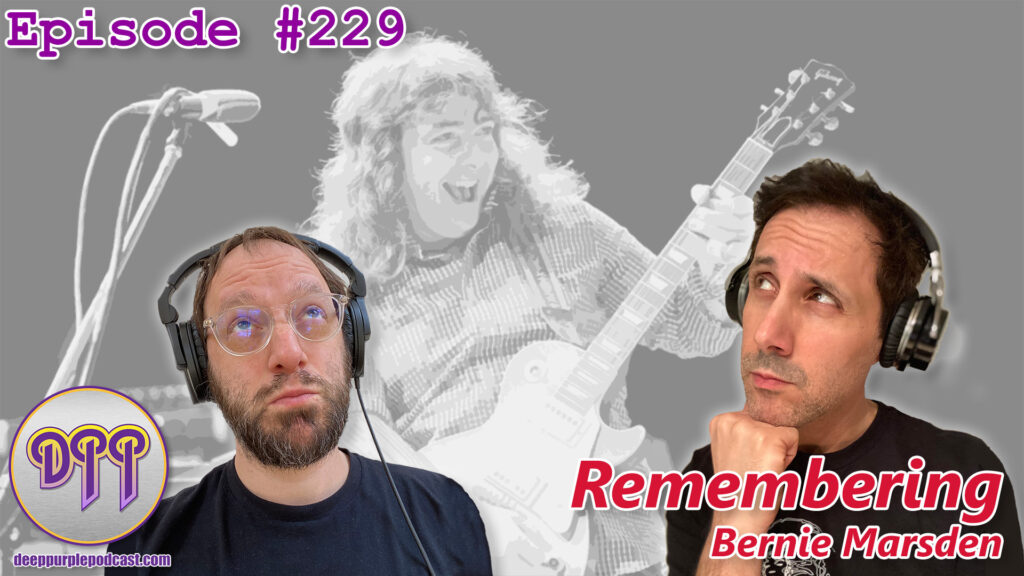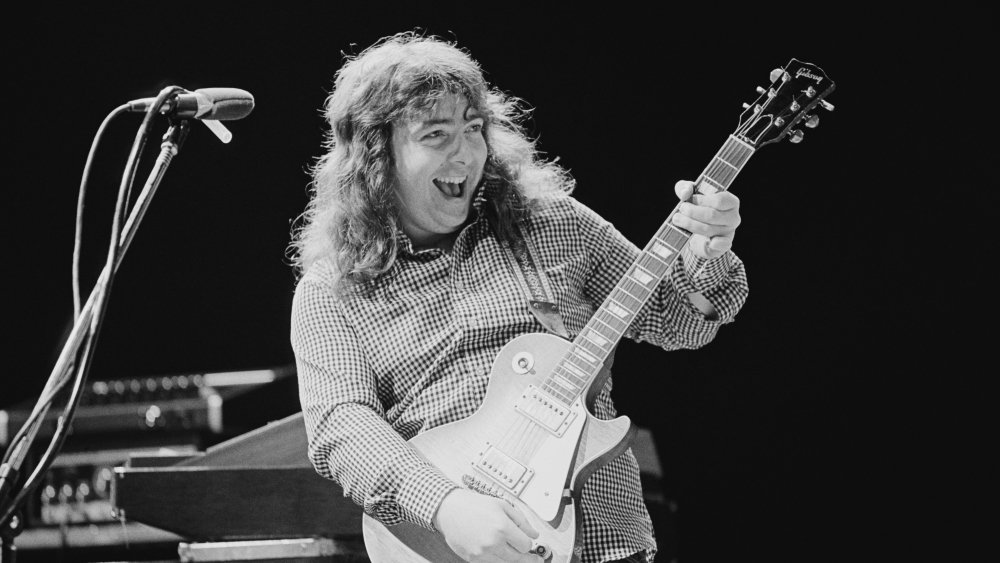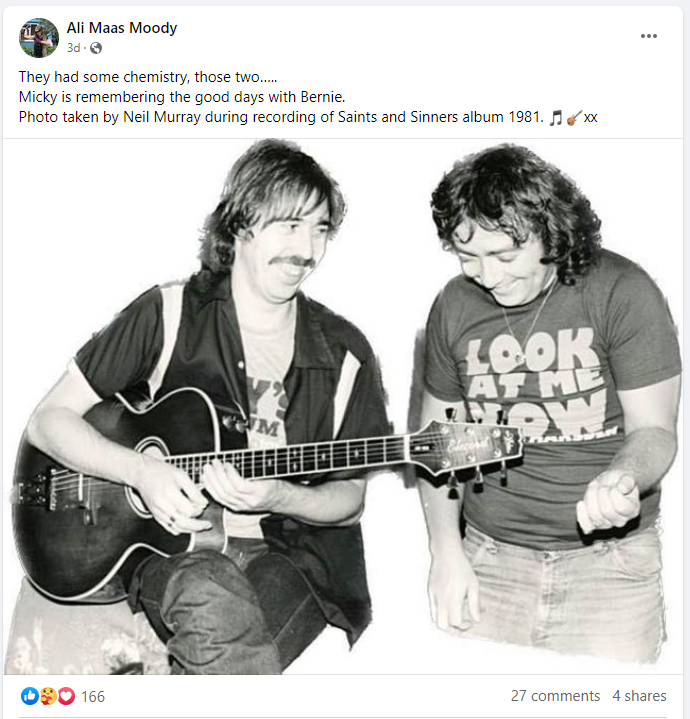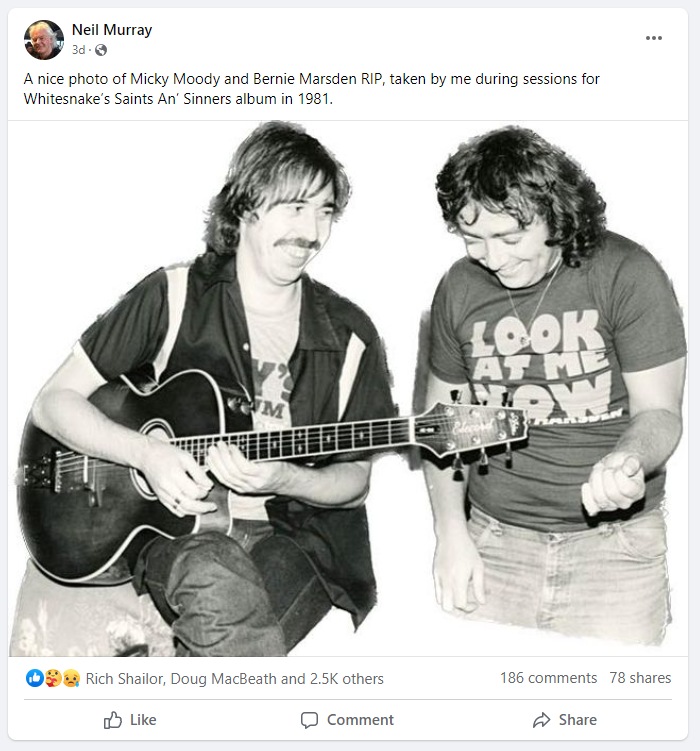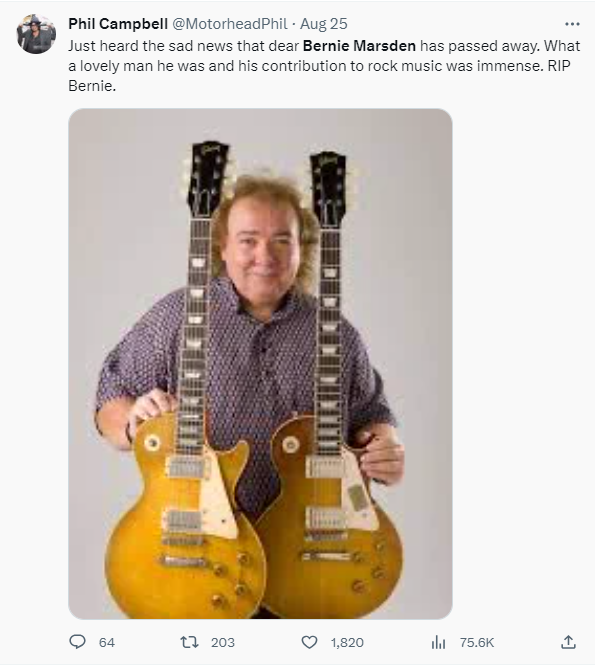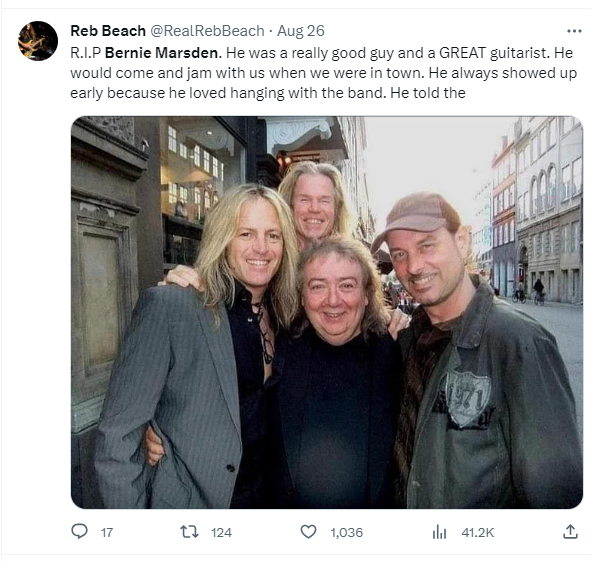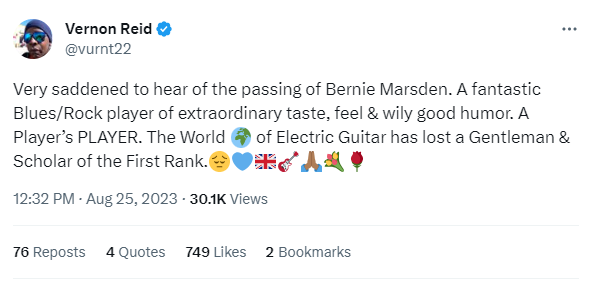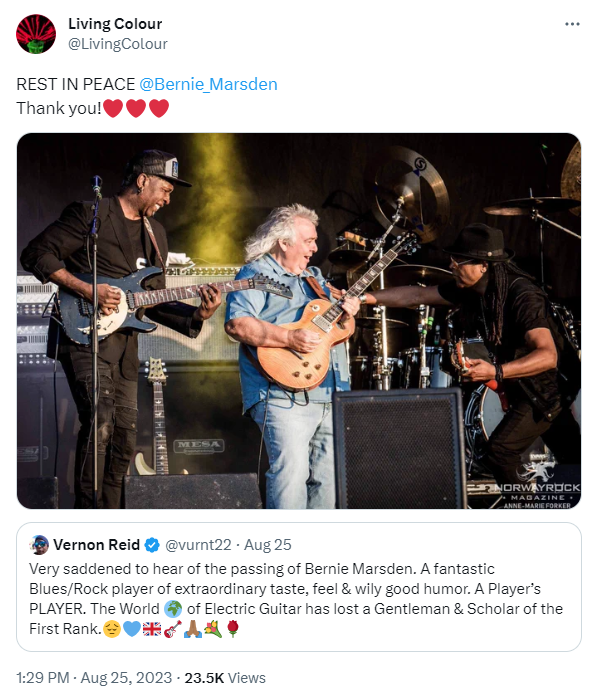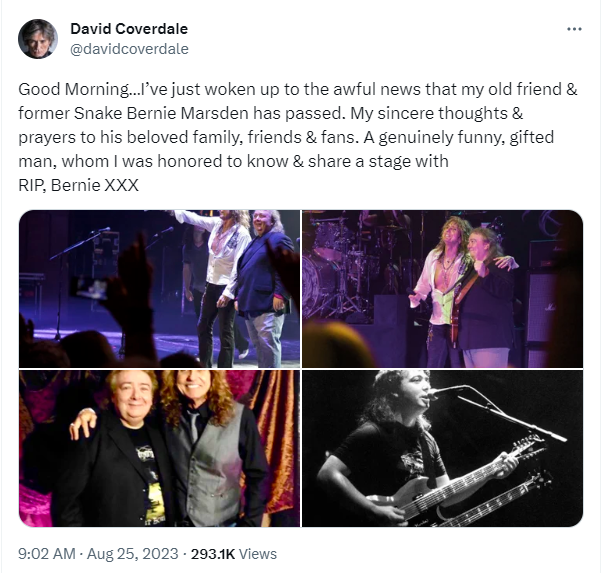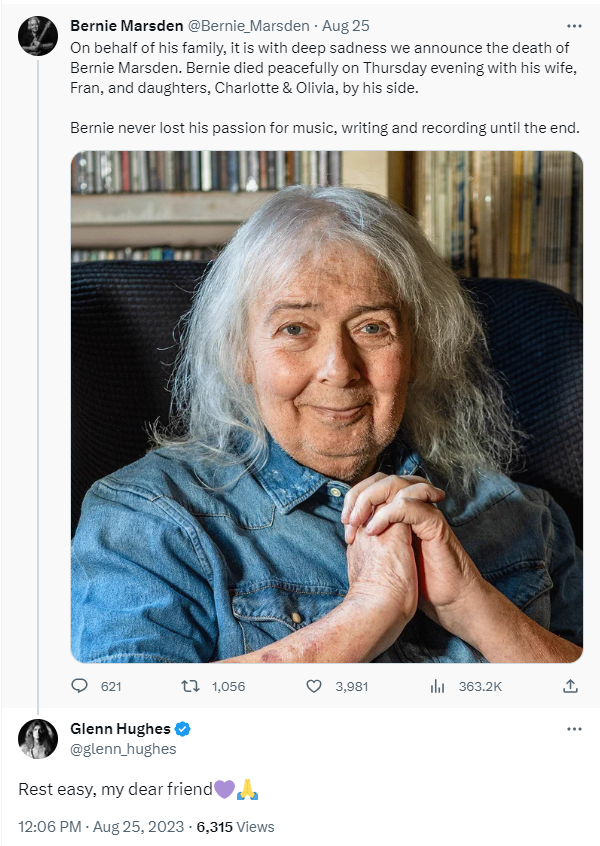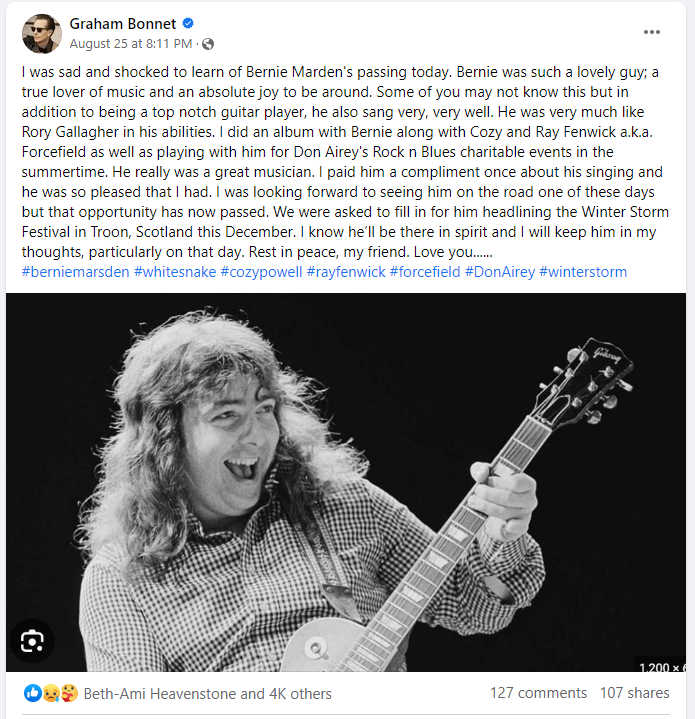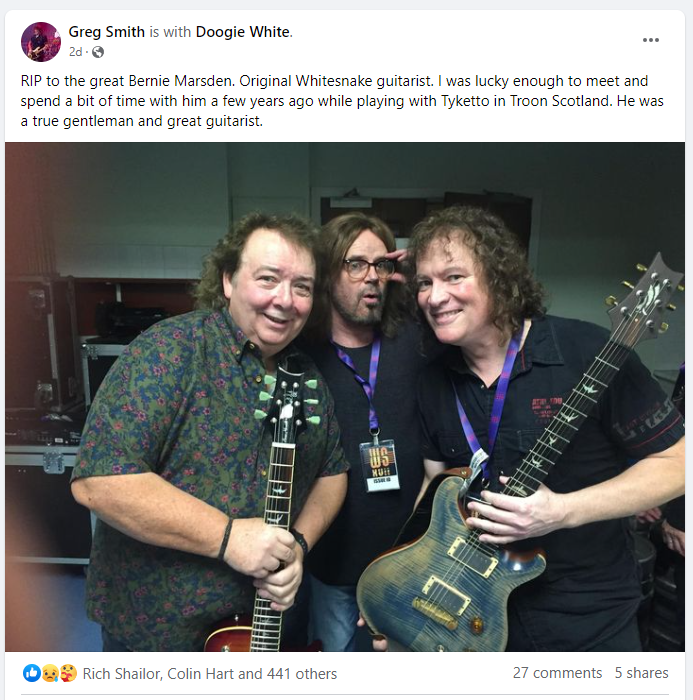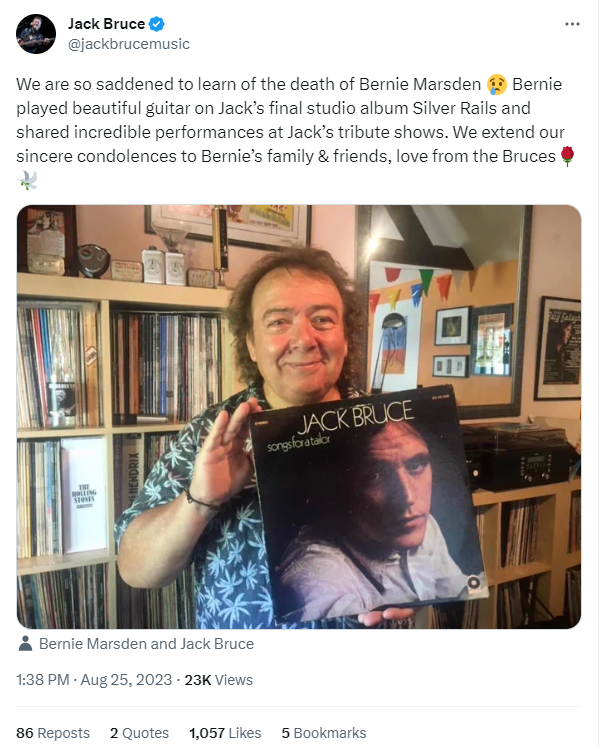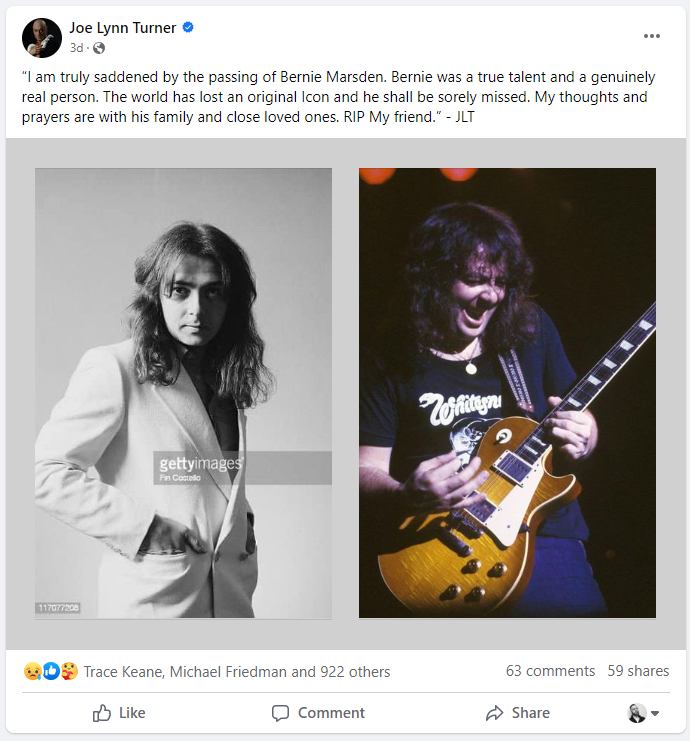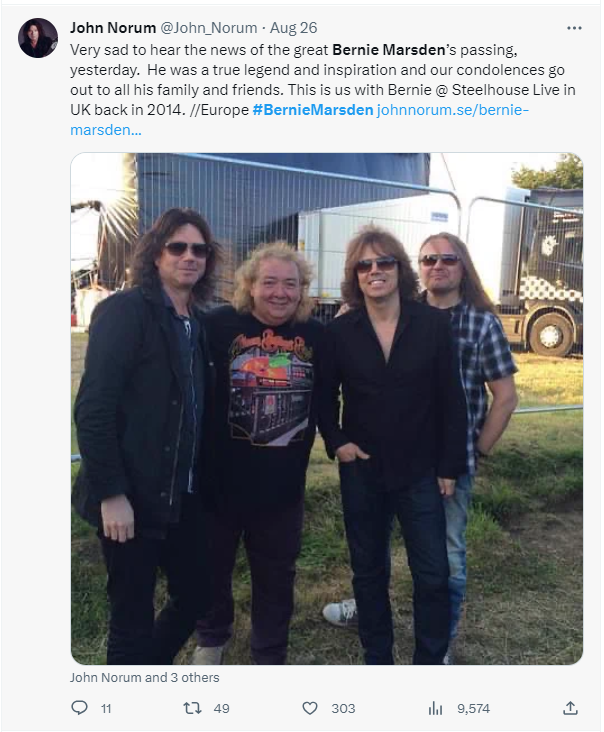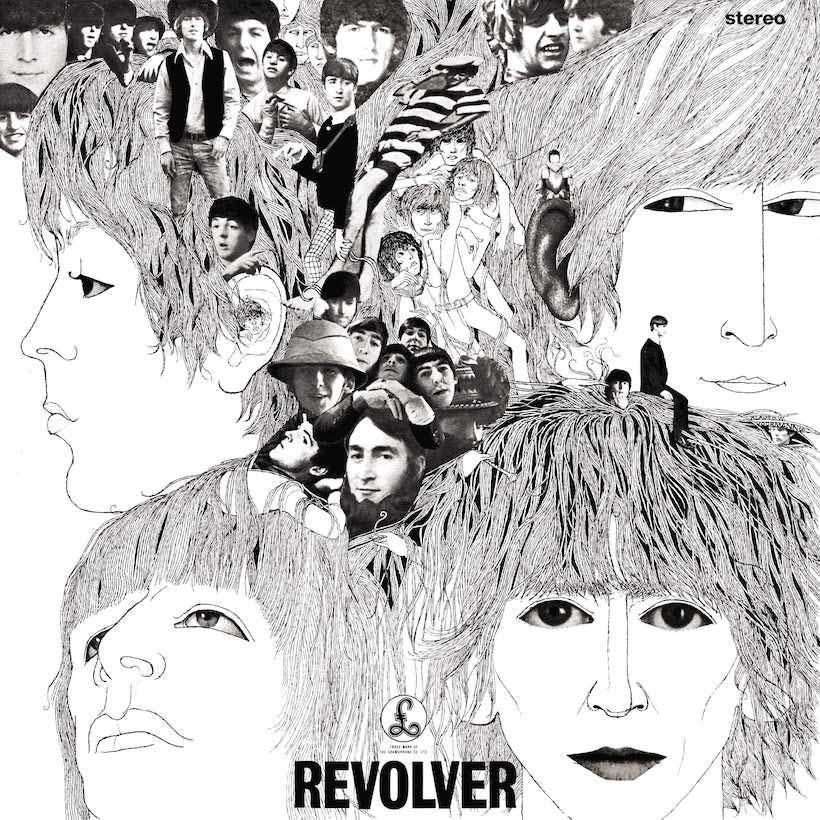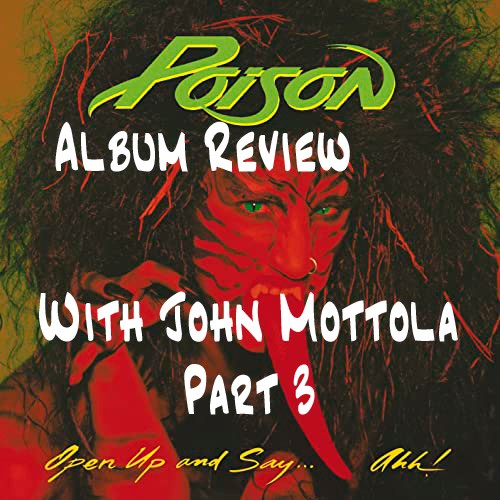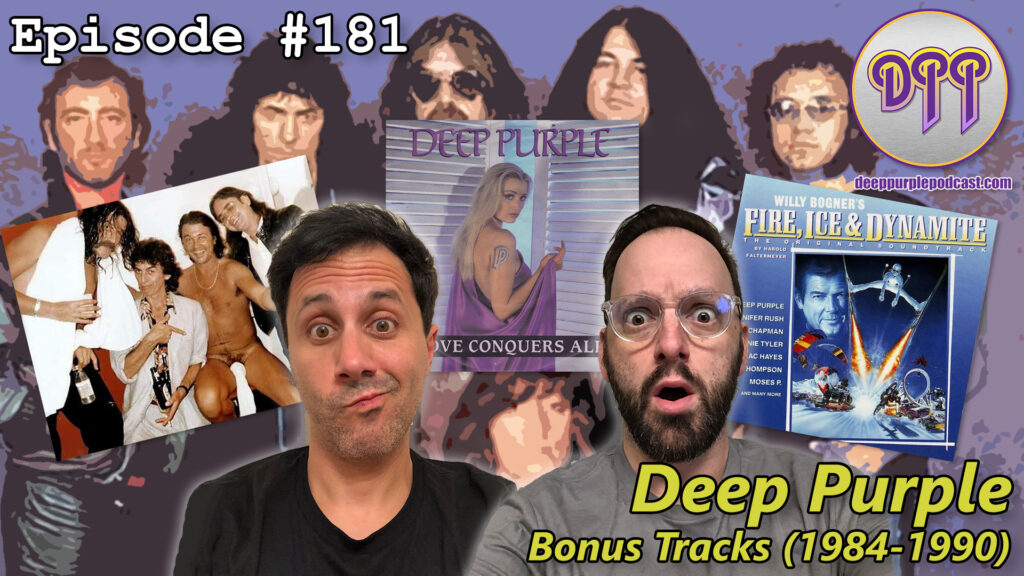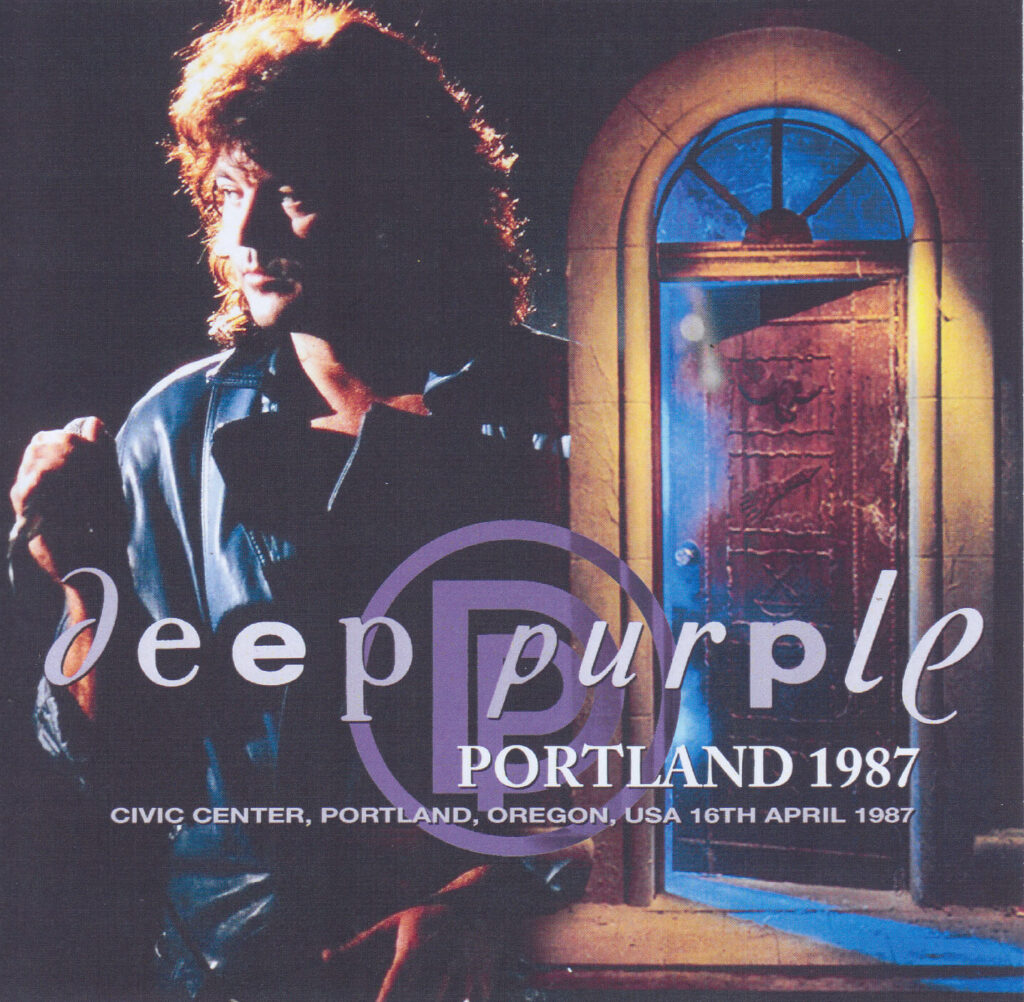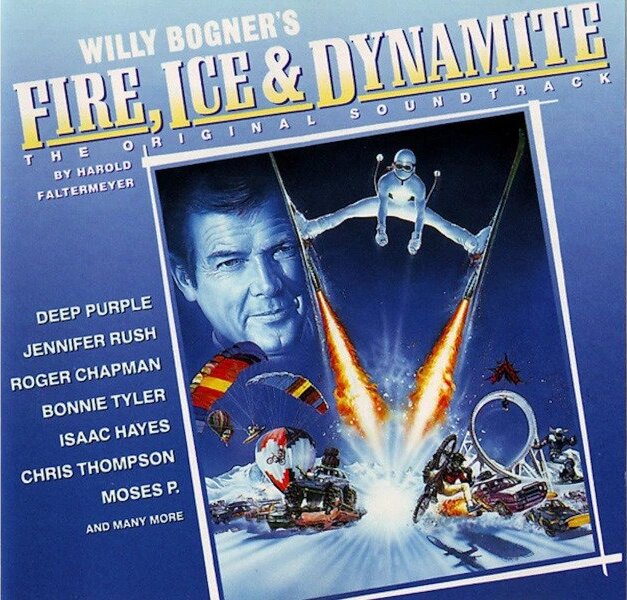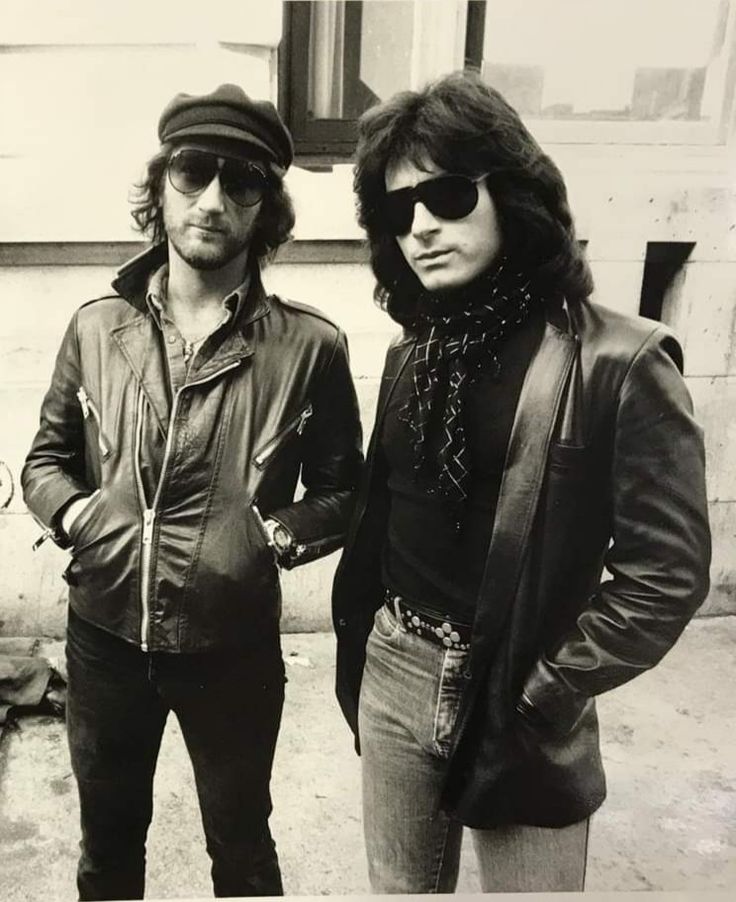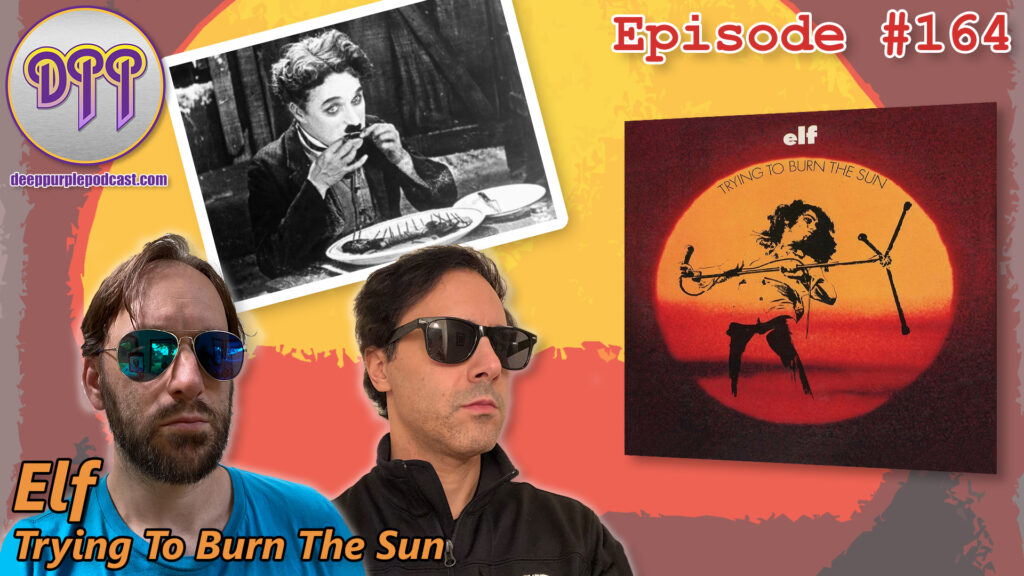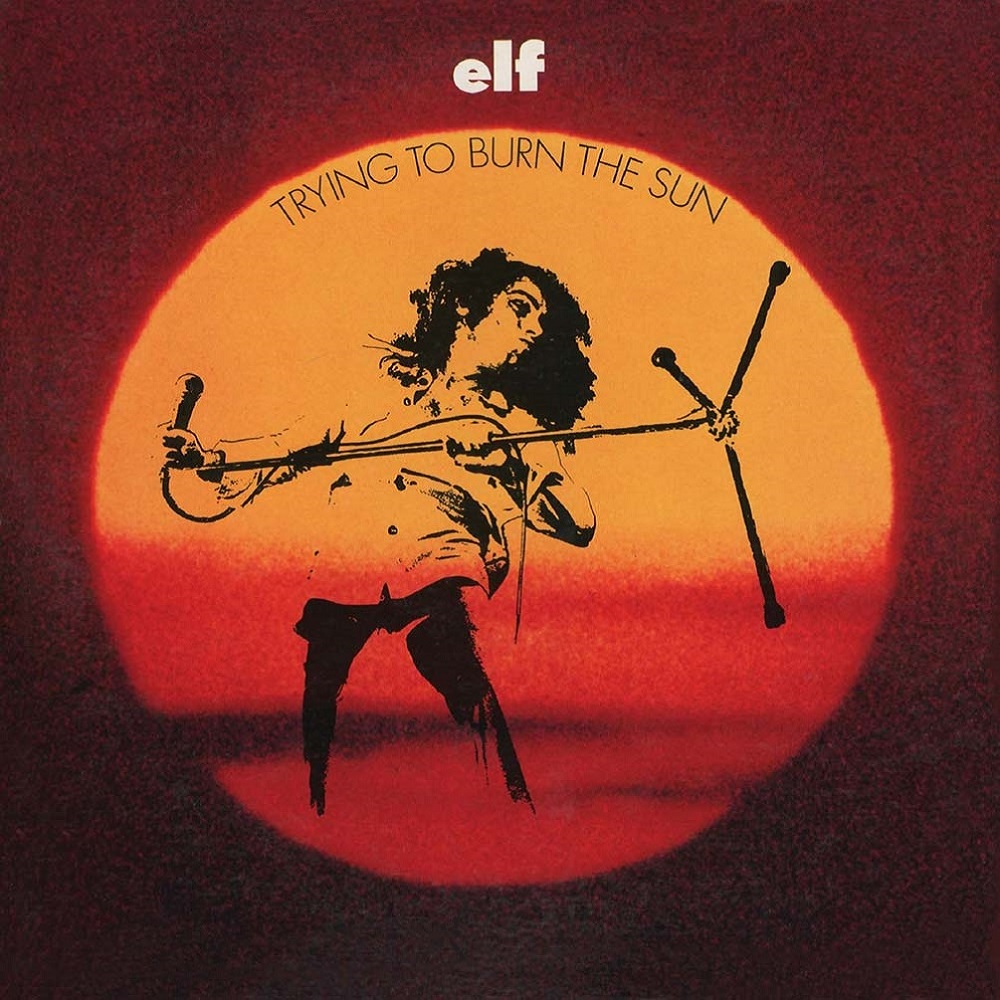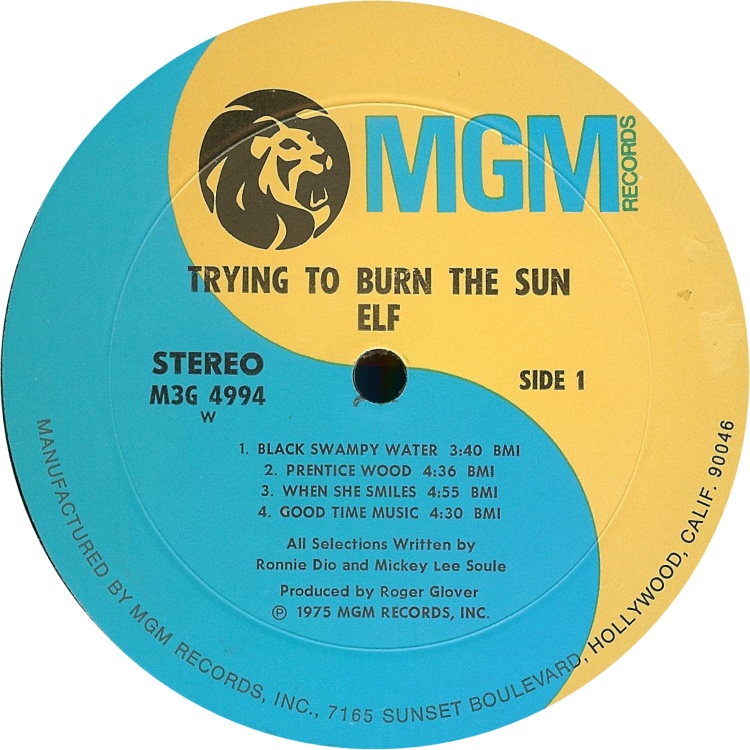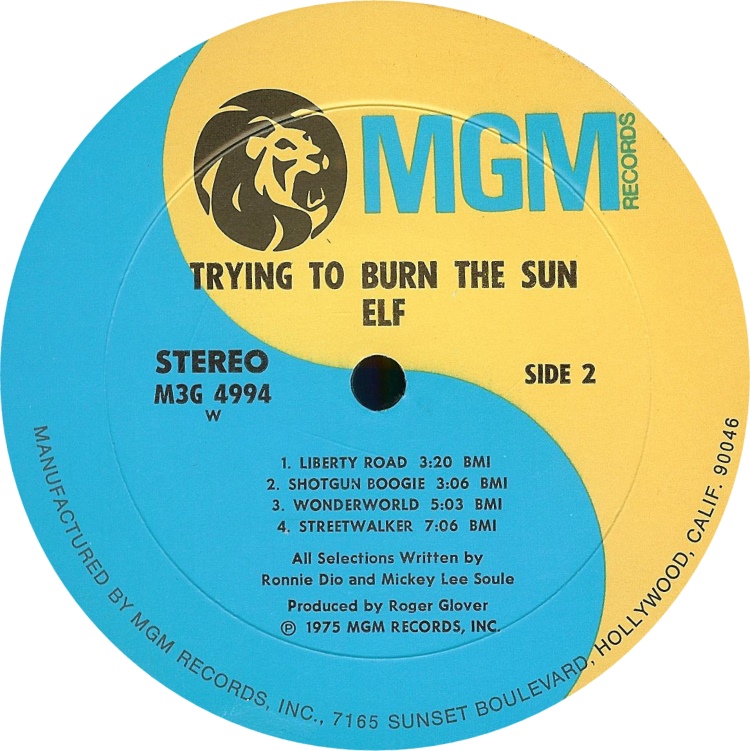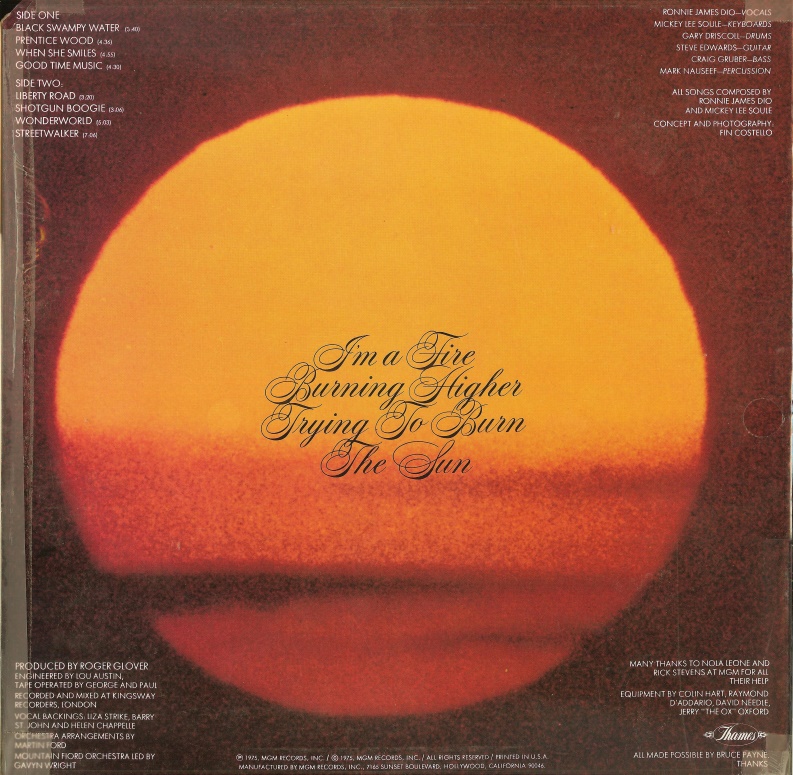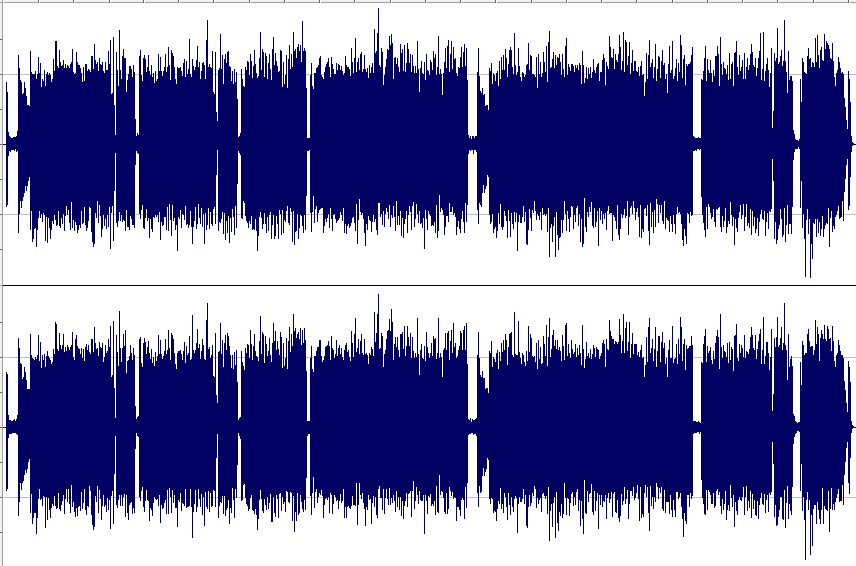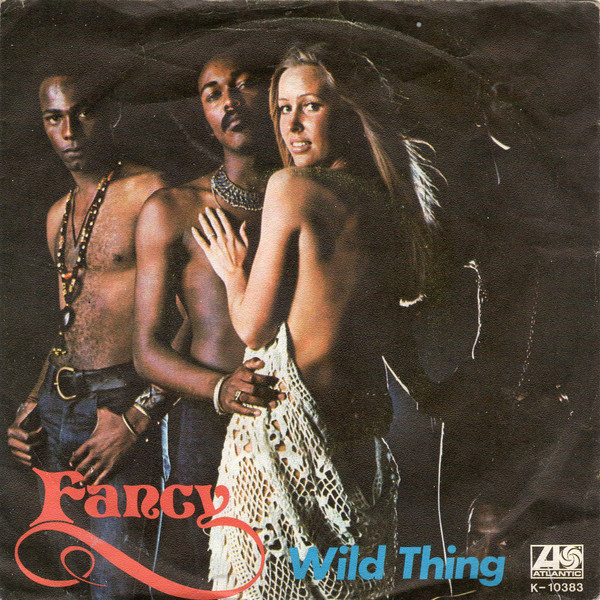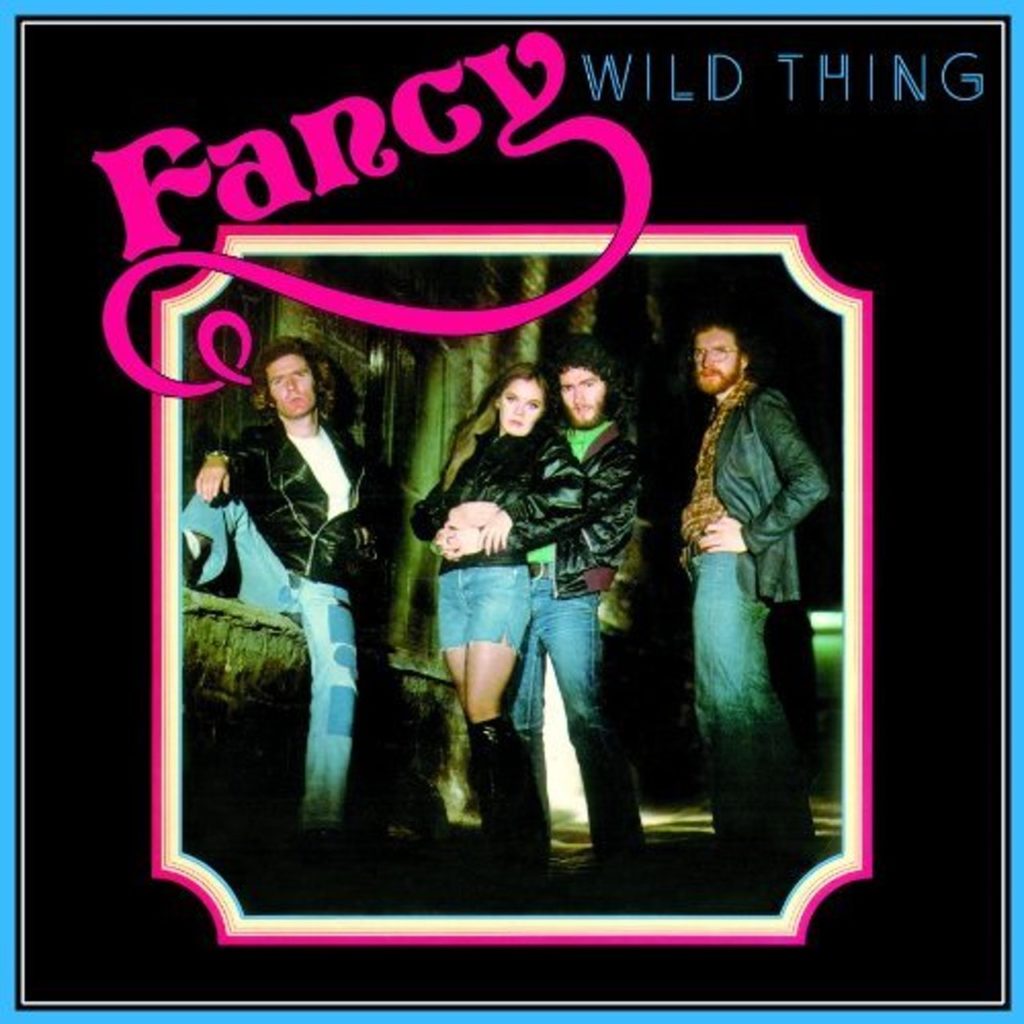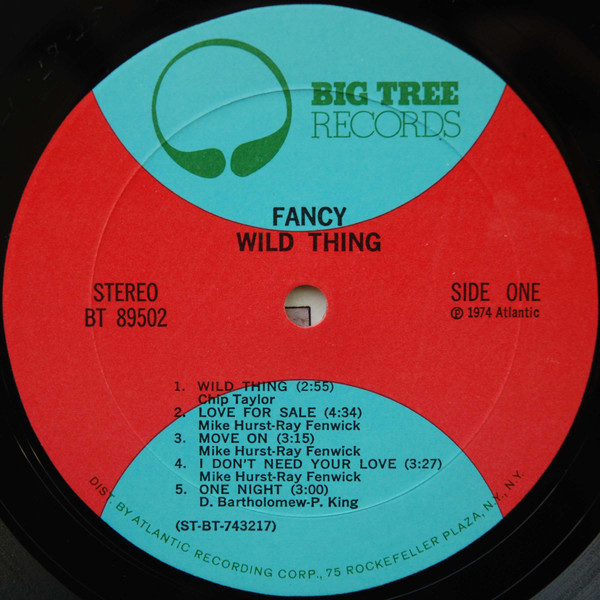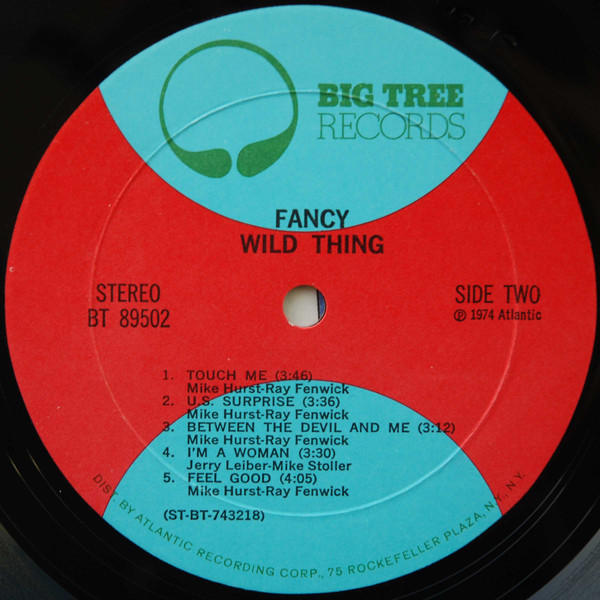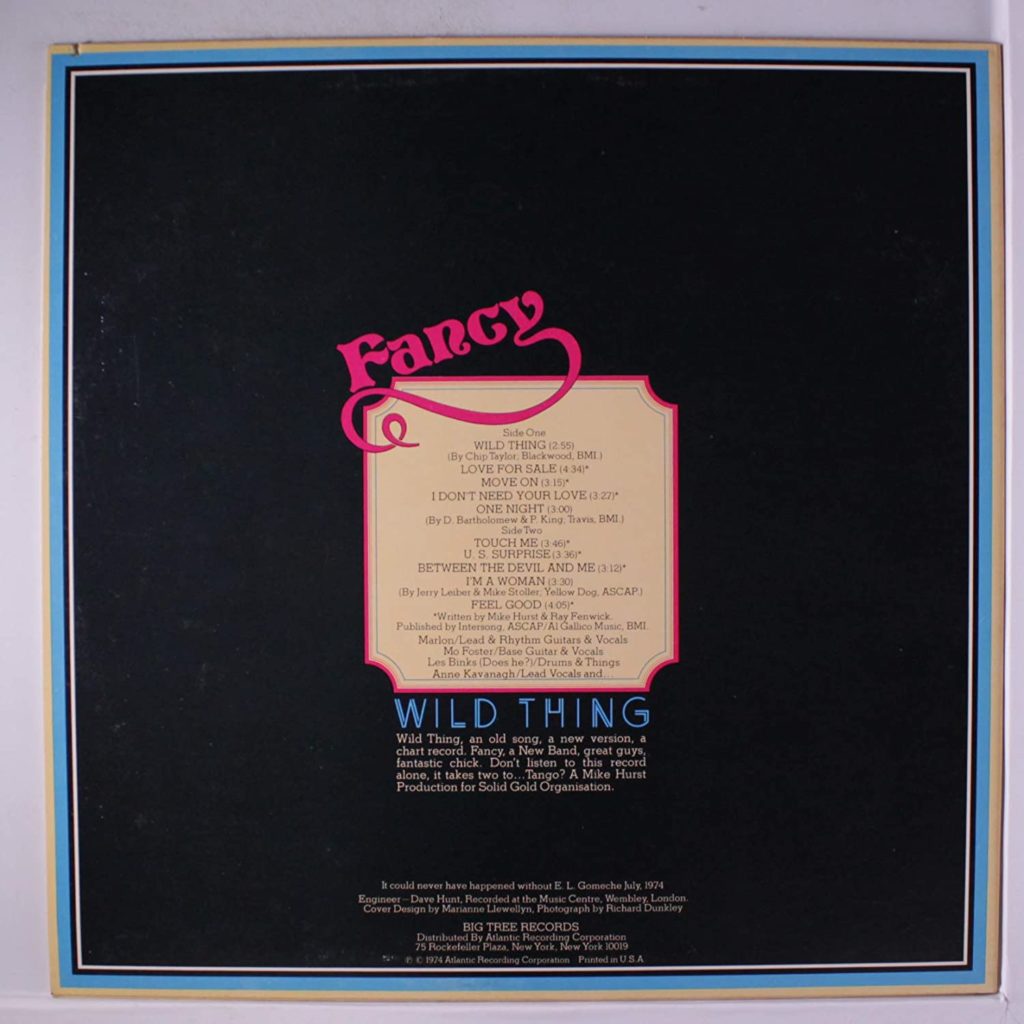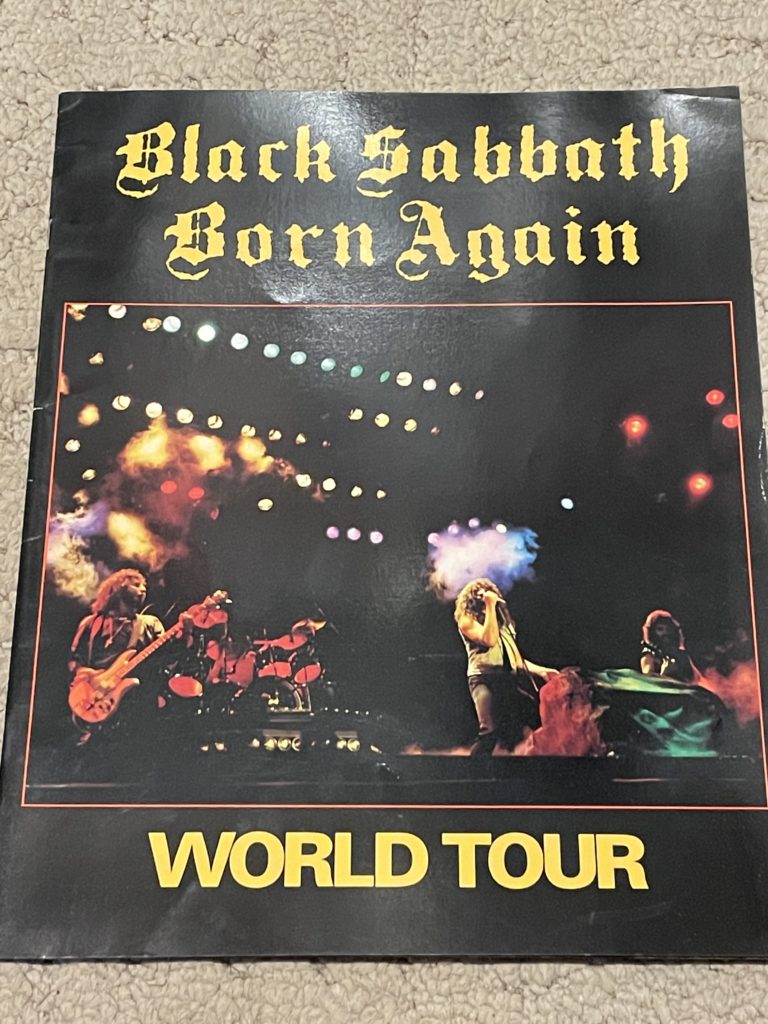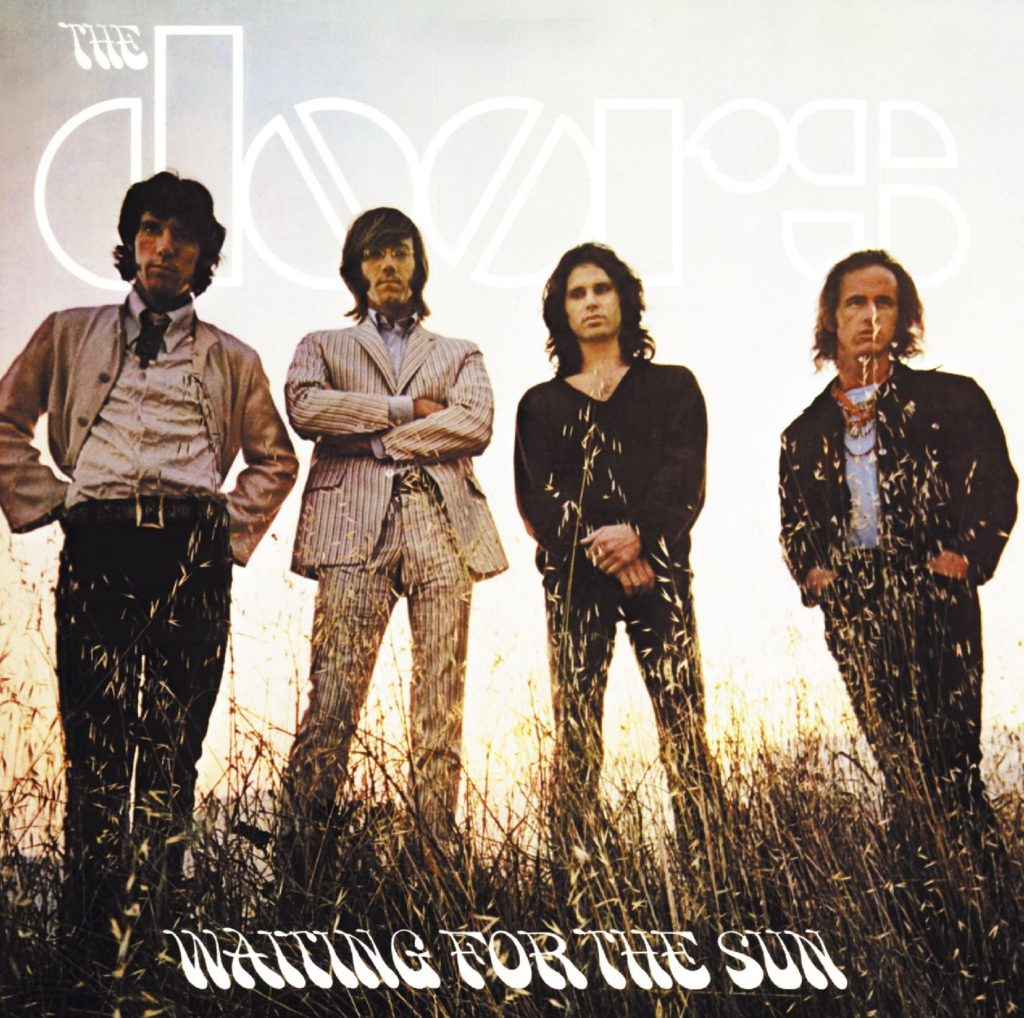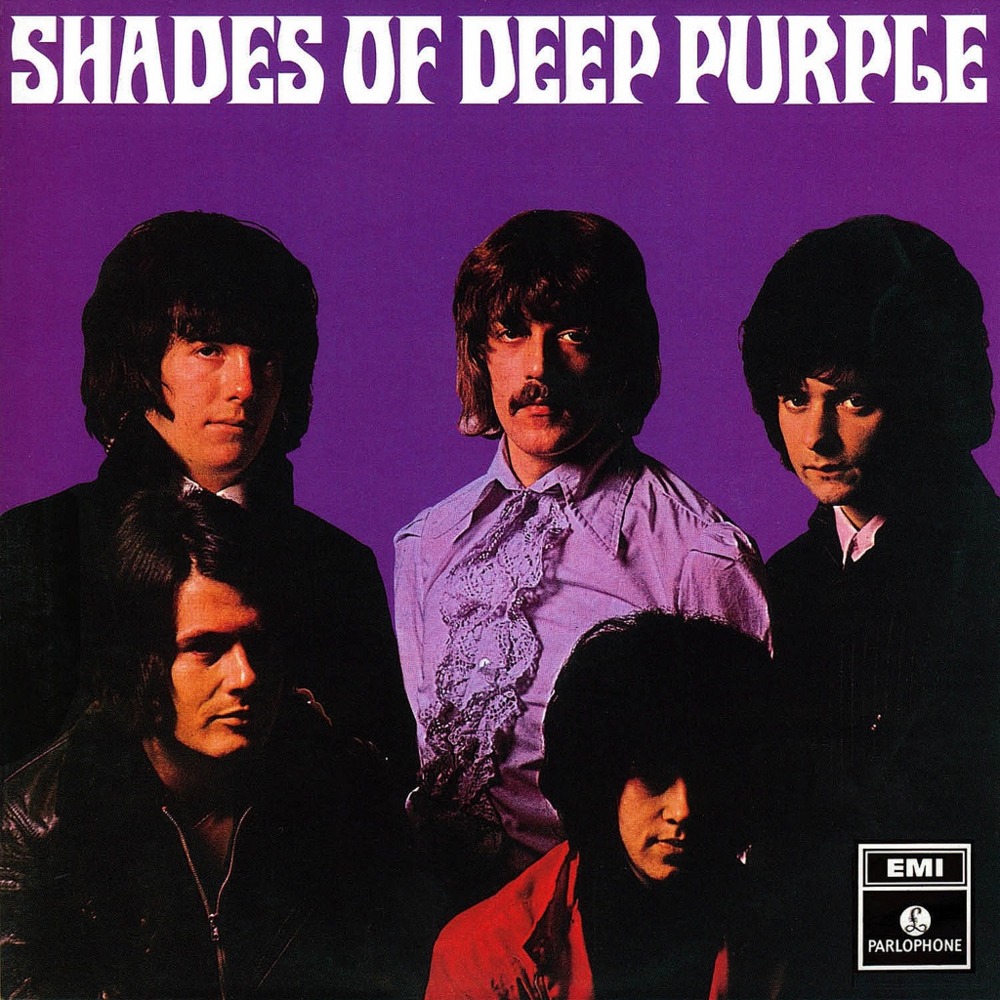
Disclaimer: The video used on YouTube is a byproduct of producing our audio podcast. We post it merely as a convenience to those who prefer the YouTube format. Please subscribe using one of the links below if you’d prefer a superior audio experience.
Subscribe at Apple Podcasts, Spotify, Google Podcasts, Overcast, Pocket Casts, Anchor.fm, Breaker, PodBean, RadioPublic, Amazon Music, Pocket Casts, or search in your favorite podcatcher!
How To Support Our Show:
The Deep Purple Podcast is 100% listener supported and ad-free! If you receive value from our show please consider supporting us!
- Leave us a 5-Star Review on Apple Podcasts
- Buy Merch at Our Etsy Store!
- Become a Patron on Patreon
- Donate on Paypal (Donate one time or click “make this a monthly donation” box)
- Donate to $DPPOD Using Cash App
- Support Us on Ko-fi
Brendan Ashbrook – Logo Designer
Thanks to Our Executive Level Patrons:
- The “In Memorium” Tier
- Gerald “Jerry” Kelly & Family
- The $25 “Uncommon Man” Tier
- Ovais Naqvi
- Purple Maniac
- The £15 “”Fifteen Squid” Tier
- Alan “Ain’t Too Proud To” Begg
- The £10 “Good Doctor” Tier
- Dr. Mike Kattan
- The Turn it up to $11 Tier
- Clay Wombacher
- Frank Theilgaard-Mortensen
- Mikkel Steen
- Will Porter, PhDPP
- Michael Bagford
- $10 “Some One Came” Tier
- Ryan M
- Jeff Breis
- Victor Campos
- “Better Call” Saul Evans
- Peter from Illinois
- The “Hughes-O-Ween by 2033” Tier
- Fielding Fowler
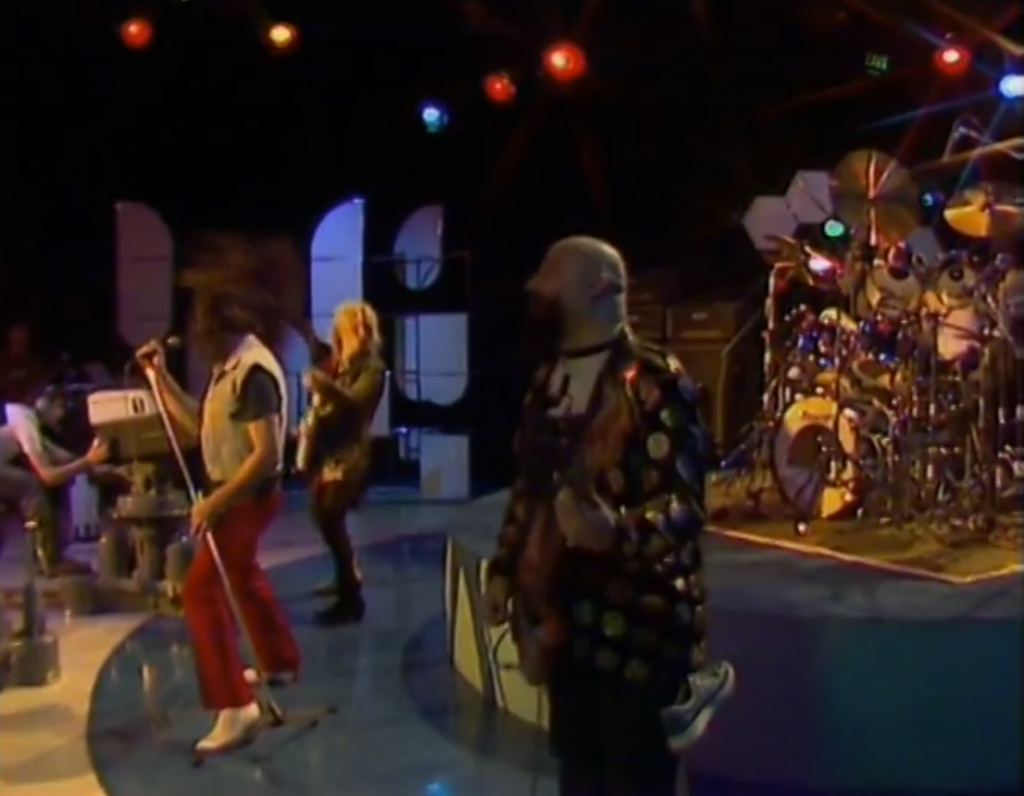
John McCoy Answers Questions About Live in Edinburgh 1980
- During our last episode I reached out to John to ask why he had a single sneaker tied to him during the concert. He responded back to explain what happened:
- John McCoy says:
- Good afternoon, well! That’s a long time and a lot of gigs ago…..but I do remember coming off stage somewhere missing a shoe…..went back for encores and there was a girl in the crush at the front waving my shoe! She’d obviously untied it while I was standing at the front during last song.I tied the other one on my flight suit for the next few shows in case she turned up with her weird souvenir. Bet it was smelly.
- Cheers for now,John
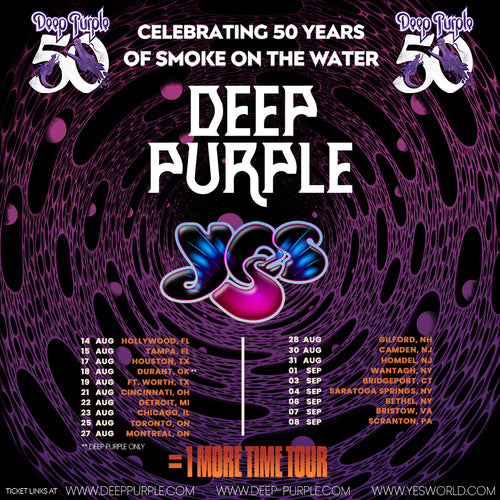
Upcoming Shows & Listener Meet Ups:
- August 15th
- Meet up with Lady Starstruck at the Tampa, FL show!
- Deep Purple at the Hard Rock Hotel & Casino in Tampa, FL
- https://casino.hardrock.com/tampa/events/deep-purple
- August 22
- Meet up with Rich at the Detroit, MI show!
- Michigan Lottery Amphitheatre at Freedom Hill | Sterling Heights, Michigan
- https://www.freedomhillamphitheater.com/events/deep-purple-22-august-2024/
- August 23
- Meet up with Rich, John, Nate, Scott, and more at the Chicago, IL show!
- Deep Purple at Credit Union 1 Amphitheatre in TInley Park, IL
- https://deep-purple.rosemonttix.com/concert-2024-august-23-19.html
- September Glenn Hughes Dates
- September 17, 2024
- At The Vixen in McHenry, IL
- https://www.vixenmchenry.com/event/glenn-hughes/
- For additional shows:https://www.glennhughes.com/tour.html
- Deep Purple Upcoming Tour Dates
- https://deeppurple.com/pages/tours
- Potential UK Patron Meet Up
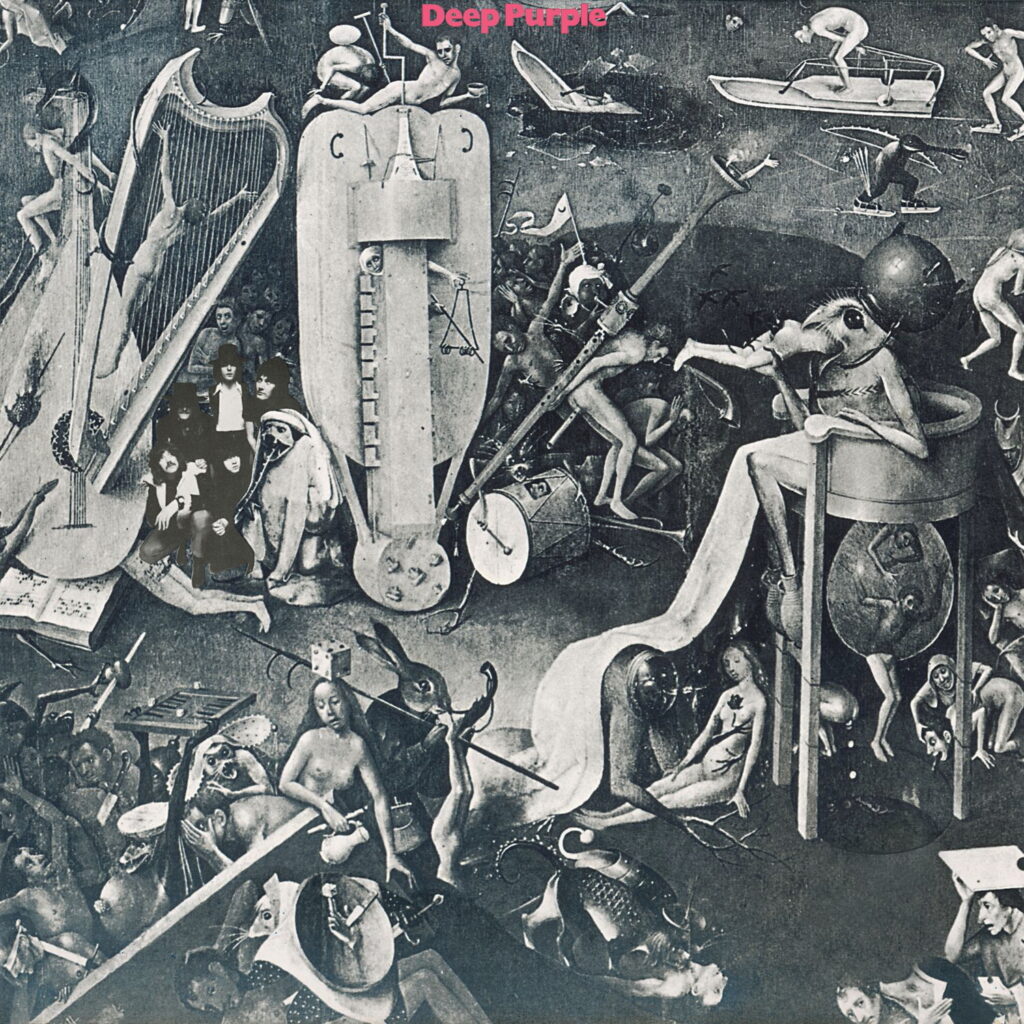
Upcoming Rankings Show:
- Deep Purple (The Third Album)
- Patron rankings needed by August 10th
- Become a patron if you want to be invited to the live stream and submit your rankings!
Postcards From The Edge . . . OF CONNECTICUT!
- And Massachusetts, and Ireland!
- Special delivery from Scott Hasking . . . but ACTUALLY from Peter Gardow! A souvenir from the Blackmore’s Night concert!
Deep Dive Podcast Network:
Check out our website to find other like-minded shows taking deep dives into individual songs, bands, and albums.
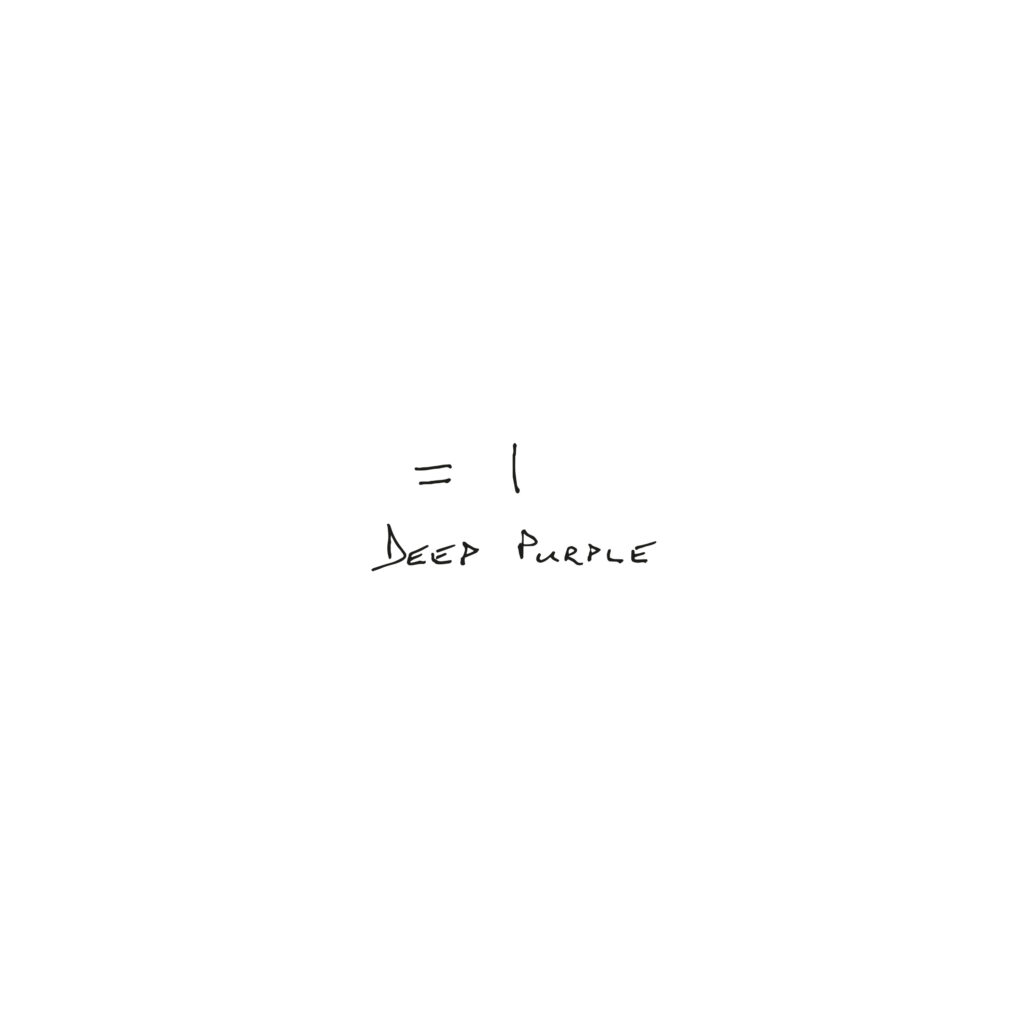
Album Art & Booklet Review
- The title was Ian Gillan’s idea. He says in Classic Rock UK: “I found myself online, trying to fill in some blurry matrix of traffic lights or motorcycles, trying to prove to a robot that I’m a human. I thought: ‘This has got to stop.’ We live in a society of compliance. You have to comply if you want to get anything done. You have to jump through hoops. It drives me nuts.” He says he started drawing in his notebook and: “I wrote this ridiculous equation, with the answer ‘=1.’ All that crap on the left hand side, that’s what you want to get rid of. That’s the whole point.”
- Roger Glover says, “=1 is such a strong symbol. I think of it now as being the history of the band. We’ve been through multiplications, divisions, extractions, brackets, algebra . . . all that, and yet we’re still one band.”

Thanks to Our Core Level Patrons:
- The $7.77 KeepItWarmRat Tier
- Michael Vader
- The $6.99 “New Nice Price” Tier
- Spike the Rock Cat
- Sugar T
- The Episode $6.66 Tier
- Steve Coldwell
- Arthur Smith
- Anton Glaving
- Charles Meadows
- The $6.65 “Almost Evil” Tier
- Kenny Wymore
- Richie Sucksmith
- $5.99 The “Nice Price” Tier
- Robert Smith
- Karl Hellberg
- The 60 Kroner “Scandinavian Nights” Tier
- Knut Morten Johansen –
- $5 “Money Lender” Tier
- John Convery
- German Heindl
- Adrian Hernandez
- Jesper Almén
- Oleksiy The Perfect Stranger Slyepukhov
- Kev Roberts
- Percival Frequency
- Scott Zerns
- Cynthia Dube
- Raff Kaff
- Coyote Bongwater
- John Miceli
- Sarah Sanders
- Jellybean
Album Tracks:
- Show Me
- A Bit On The Side
- Sharp Shooter
- Portable Door
- Old-Fangled Thing
- Gillan says in Classic Rock UK that this song was inspired by the history of the pencil. Gillan: “For 2000 years, people were wandering around scratching their heads as to why their erasers had such long handles. Until they discovered the graphite inside it and civilisation was born.”
- If I Were You
- Pictures Of You
- I’m Saying Nothin’
- Lazy Sod
- “Recently, a young journalist asked me how many songs I had written in my life. I replied that the last time my assistant counted, twenty years ago, it was over 500. I felt quite accomplished until she pointed out Dolly Parton’s 5,000 songs, calling me a lazy sod. I couldn’t help but agree and wrote down the exchange in my notebook.” Ian Gillan in a recent interview (ROCKS magazine, June 2024)
- Now You’re Talkin’
- No Money To Burn
- I’ll Catch You
- Bleeding Obvious
Thanks To Our Foundation Level Patrons:
- £3.50 “Deep Purple NY” Tier
- Lord Longford
- The £3 “The Aromatic Feed” Tier
- Simon Ford
- Richard Breese
- The $3.33 Half Way to Evil Tier
- Stephen Sharpe
- Duncan Leask
- $3 “Nobody’s Perfect” Tier
- Peter Gardow
- Ian Desrosiers
- Mark Roback
- Stuart McCord
- Flight of the Rat Bat Blue Light
- Øyvind Fjeldbu –
- Runar Simonsen –
- JJ Stannard
- Ruinous Inadequacies
- Corey Morrissette
- Ashely { Still I hear, “Burn” } Rose
- Weston-super-Mare pilgrim
- Joe “Dopefish” Siegler
- The $1.71 “I Want My Own Tier” Tier
- Rich “Yngwie” Shailor
- The 10 kr “” Tier
- Carsten Lau
- $1 Made Up Name Tier
- The “A Leak On The Side” Leaky Mausoleum
- The “Leaking Obvious” Leaky Mausoleum
- Stephen Sommerville The Concerto 1999 Fanatic
- Hank the Tank
- Private Eyes
- Ashen Lionel
- Blackmore’s Tights
- Steve “Down to Earth” Koeller
- Zwopper The Electric Alchemist
- Anders Engstrom
- I see DC
- Durple Purple
- Purple Swede
- David Hattam
For Further Information:
- https://en.wikipedia.org/wiki/%3D1
- https://www.discogs.com/release/31237654-Deep-Purple–1
- https://www.thehighwaystar.com/thsblog/2024/06/14/we-listen-to-the-new-album-part-1-1/
- https://www.thehighwaystar.com/thsblog/2024/06/23/we-listen-to-the-new-album-part-2-1/
- https://www.thehighwaystar.com/news/2024/07/03/we-listen-to-the-new-album-part-3-1/
- https://www.thehighwaystar.com/thsblog/2024/07/11/we-listen-to-the-new-album-part-4-1/
- https://www.thehighwaystar.com/thsblog/2024/07/17/we-listen-to-the-new-album-part-5-1/
Listener Mail/Comments
- Comments about the show? Things you’d like us to cover? We’d love to hear from you. Send us an email at info@deeppurplepodcast.com or @ us on Twitter, Facebook, or Instagram.

